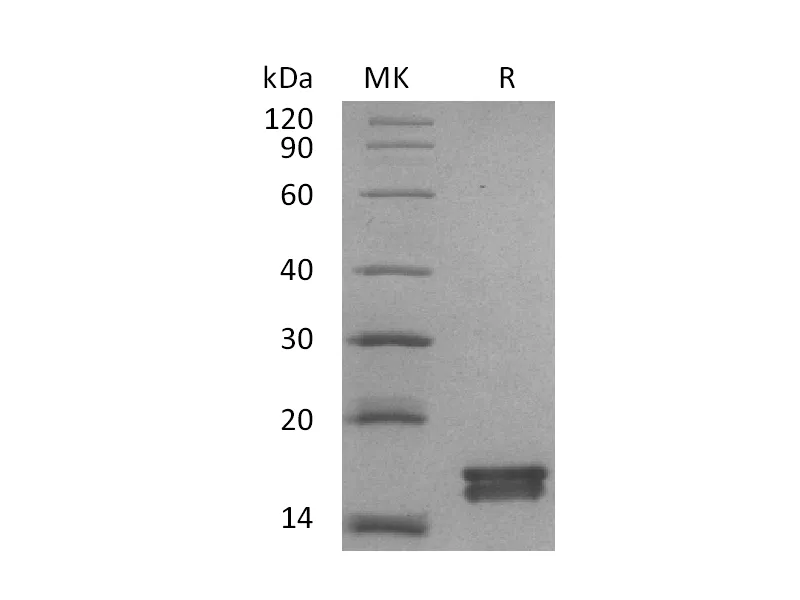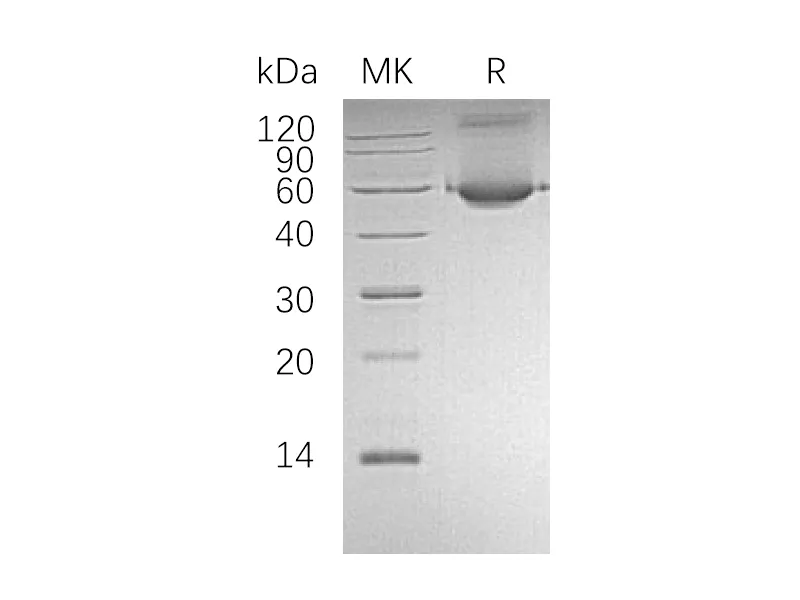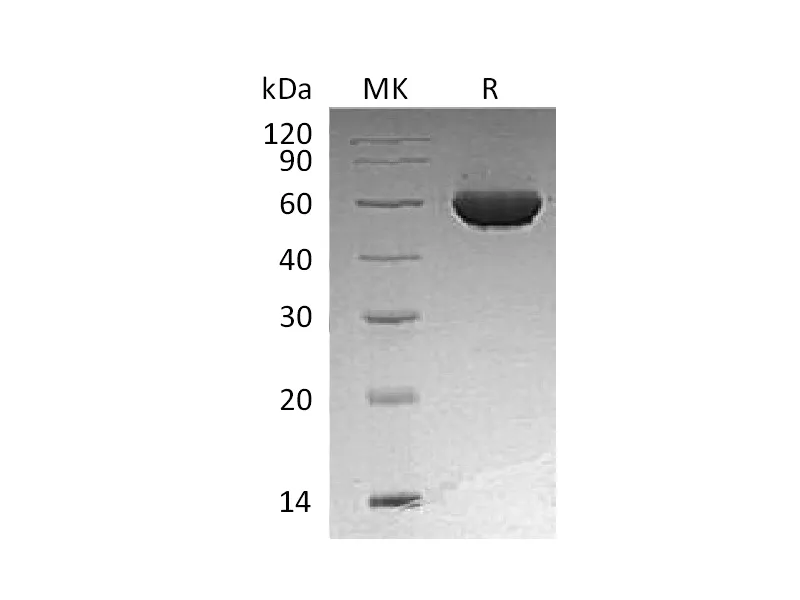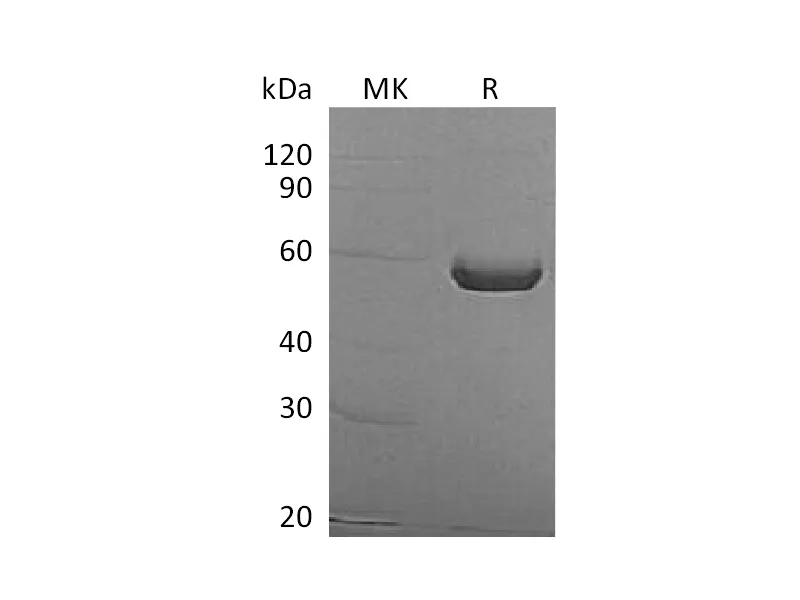Alternative Names
Glypican-1; GPC1
Background
The Glypicans are a small multigene family of GPI-linked proteoglycans that play a key role in growth factor signaling. Human Glypican 1 (GPC1) is synthesized as a 558 amino acid (aa) preproprecursor that contains a 23 aa signal sequence, a 507 aa mature segment, and a 28 aa C-terminal prosegment. There are two potential N-linked and four potential O-linked sites for glycosylation or glycanation. There are potentially two heparan sulfate (HS) modifications on GPC1 that could contribute to a native molecular weight of approximately 200 kDa. Mature human GPC1 shares 91% aa identity with mature mouse GPC1. Cells known to express GPC1 include neurons, smooth and skeletal muscle cells, keratinocytes, osteoblasts, Schwann cells, immature dendritic cells, and tumor, plus tumorassociated vascular endothelial cells. The function of GPC1 is complex and varied. As a proteoglycan, it appears to make use of its HS adduct to impact select growth factor activity. This is accomplished by having juxtramembrane HS attachment sites, and a flexible, GPI-linkage.
Note
For Research Use Only , Not for Diagnostic Use.




